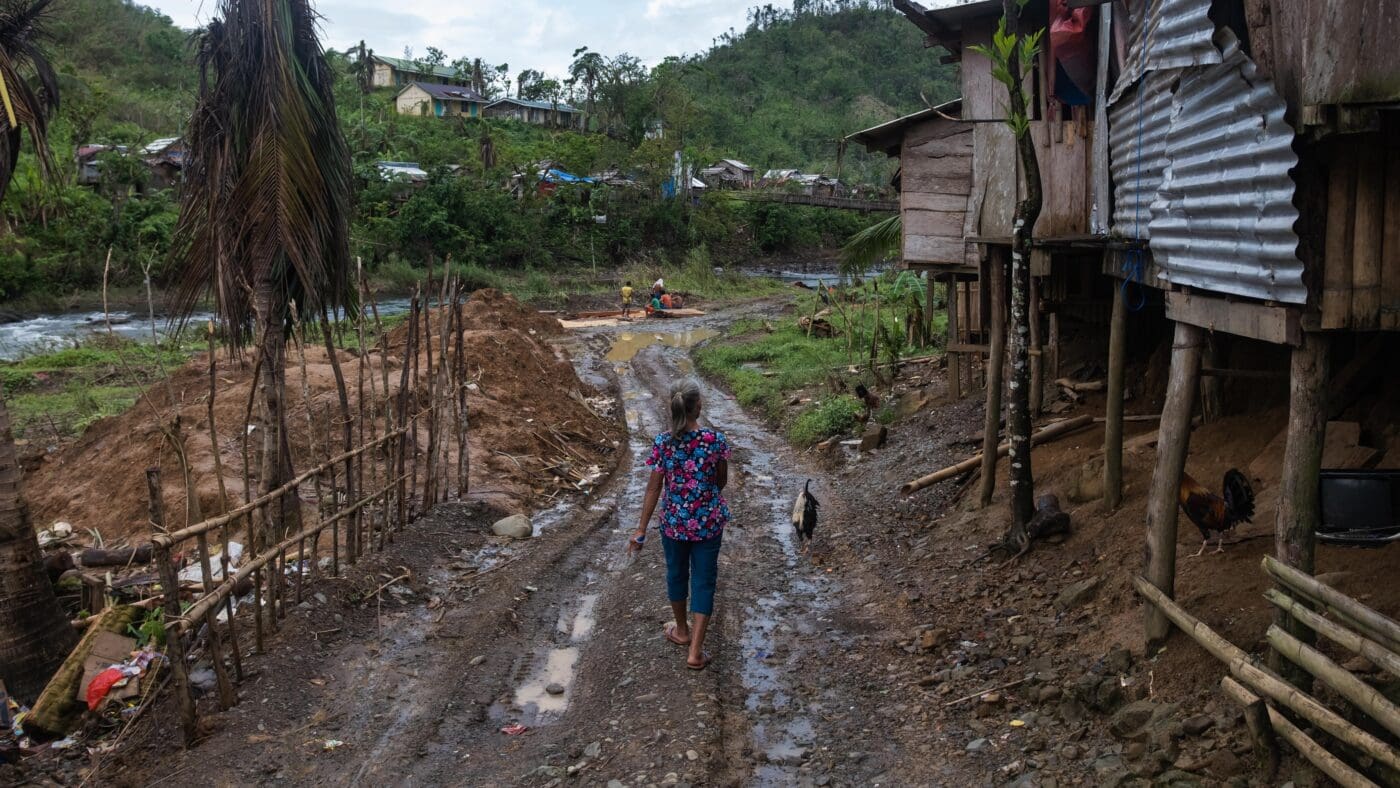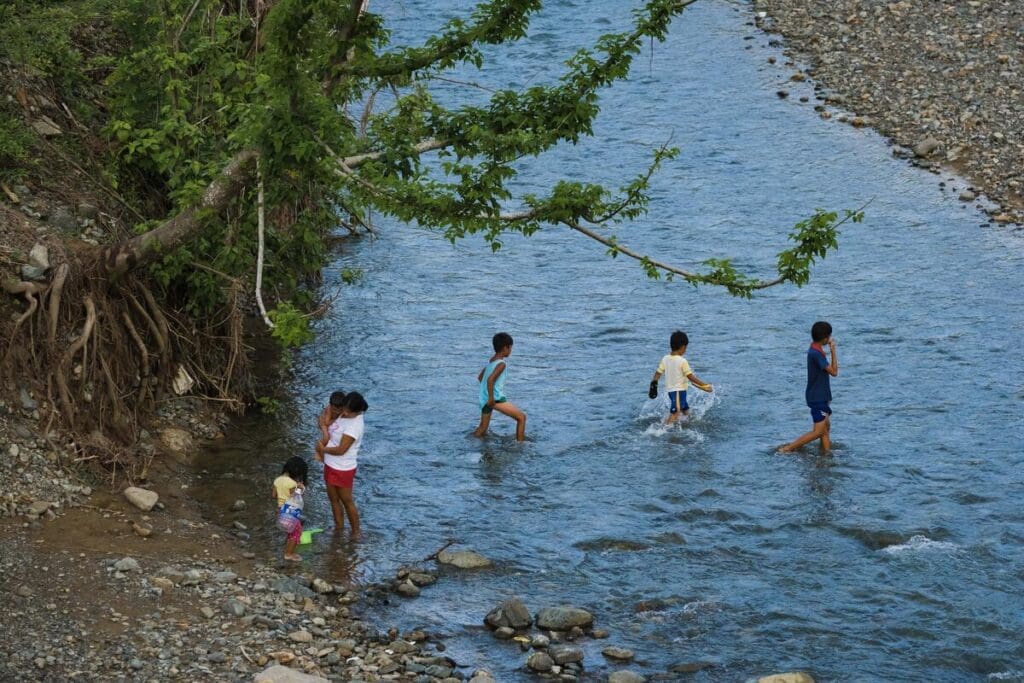
Philippines
Despite being one of the fastest growing economies in southeast Asia, in recent years declines in poverty have been modest, leaving marginalized groups such as women, children and the elderly, vulnerable to hunger and poverty.
Hampered Growth
The Philippines is an archipelago of over 7,600 islands. The country ranks first in the world in natural hazards and exposure risks.
It was among the world’s 10 fastest growing economies. However, its growth has been hampered by the compounding effects of the COVID-19 pandemic, climate-related shocks and conflict.

WFP’s Work in The Philippines
Despite the challenges, here’s how we’re fighting hunger and building sustainability.

In the event of a sudden onset emergency, WFP provides food or cash assistance to affected communities, as well as logistics and telecommunications support to government authorities.


WFP supports the scale-up of the home-grown school feeding model, based on the purchase of food from local producers, and the production and consumption of iron-fortified rice to address food insecurity and malnutrition, particularly vitamin and mineral deficiencies.


WFP provides nutritious, ready-to-eat food to children aged between 6 months and 5 years, and to pregnant and nursing women in areas affected by conflict and climate shocks.

You Can Help Save Lives
When you donate, you help us deliver critical food relief to the most vulnerable people in the Philippines and other countries around the world. You can make difference in someone’s life – send food today.
News & Updates from The Philippines
Read the latest articles on hunger issues and WFP’s work in the Philippines.


